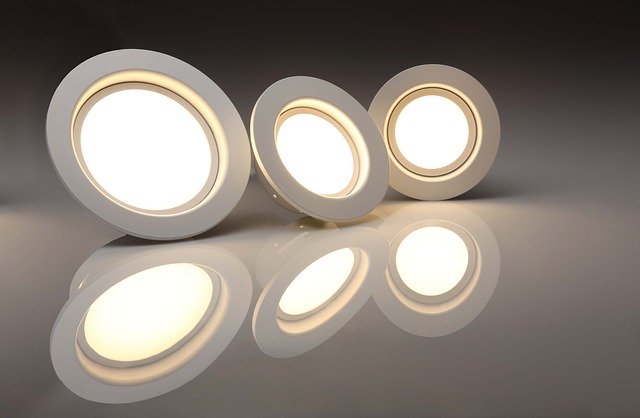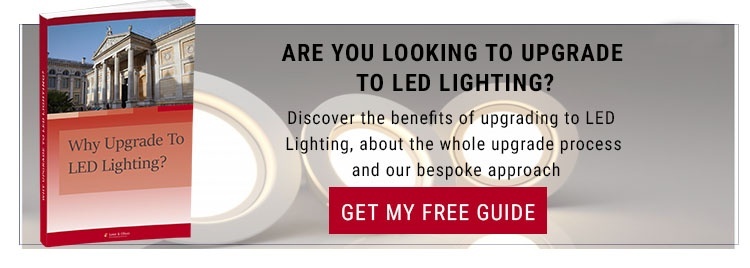
It's important to keep a tight rein on your outgoings if you want your organisation to thrive, but that can seem challenging when energy prices are rising. There are some obvious things you can do to reduce your costs, such as changing energy suppliers, but introducing seemingly small changes can make a big difference too. If you aren't already using LED lights, for example, you could be missing a trick. Let's see how installing this type of lighting could benefit your organisation financially.
LED Lighting – How Cost-Effective Could Using It Be?
According to the Carbon Trust, as much as 40% of the energy used to keep a building running is expended on lighting. That means making your lights more efficient could have a significant impact on your energy costs. In fact, some experts even claim that if you replace every traditional incandescent bulb in your premises with an LED bulb, you could reduce your lighting bill by up to 80%.
How to justify the replacement costs
Halogen lightbulbs are gradually being phased out in the UK, to comply with European Union legislation introduced in September 2018, so if you're still using these, you'll need to make changes soon. If you switch to LED lights now, therefore, you won't be incurring any additional installation costs - you'll just be lowering your energy bills earlier. Tungsten halogen and compact fluorescent light sources are also set to disappear from the market in the near future, so it's worth investigating LED alternatives now.
What makes LED lighting such a cost-effective option?
LED lightbulbs only lose around 10% of their light output ratio, while their traditional counterparts can lose up to 40% - and you can install sensors and dimmer switches to make them even more efficient. As they don't contain filaments, you'll also be able to switch them on and off regularly without reducing their lifespan, and they're less likely to fail when they experience vibrations than standard lights. That means you won't need to replace them as often, reducing your maintenance costs.
Find out more
If you're still not sure whether LED lights are right for your organisation, or if you’re concerned about the upgrade costs, please download our free publication Why Upgrade to LED Lighting?. It's packed with information about the benefits of installing this type of lighting architecture. You'll also learn how the upgrade process works and discover how we can help save you time and money.



